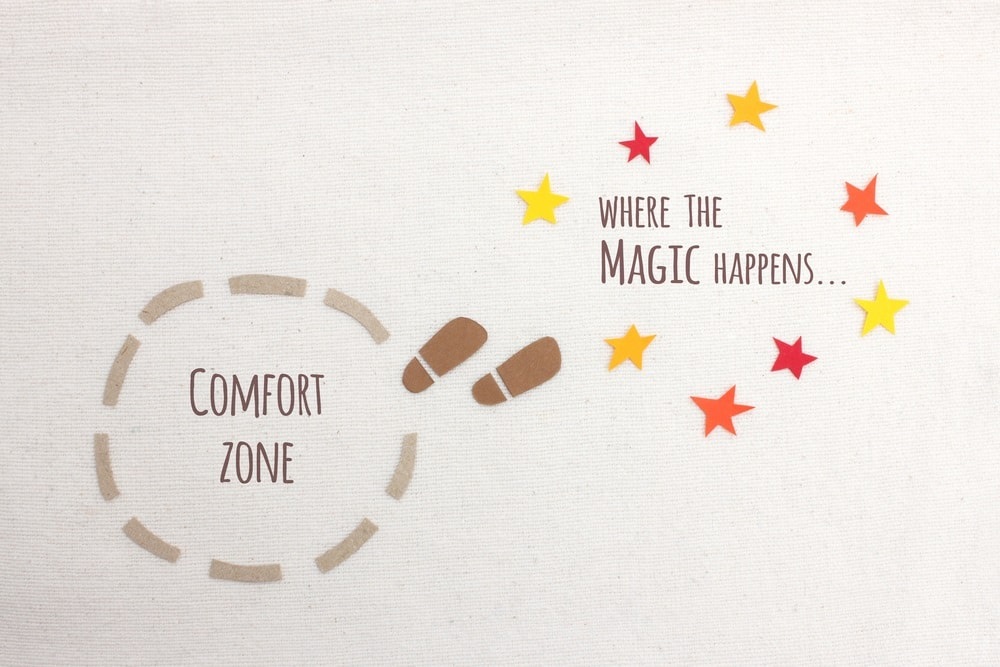
It’s a fact high turnover rates are not only costly to an organization’s bottom line, but also a gut punch to employee morale and company culture.
Digital Intelligence Systems, LLC (DISYS), a global managed services and staffing firm with 33 offices around the world, recently launched a new protocol designed to lower turnover rates, provide effective coaching and continually learn where improvements are needed through comprehensive employee engagement.
DISYS’ Vice President of Global Human Resources, Laura Smith, shared her thoughts and recommendations via email. Her aggressive 2016 to 2018 goal is to reduce voluntary turnover by 50 percent. She and her team have spent countless hours dissecting the employee life cycle, carving out touch points necessary to enhance the candidate experience, improve the relationship between employee and manager and further engagement of current and departing employees.
“There are key factors that play into the culture within a particular company, and when you are global, these factors are compounded by the influences of local cultural norms,” she said. “We developed something larger than just another policy. The protocol gives employees every opportunity to be an active participant in crafting their experience so they can shine and advance.”
Released in May, The DISYS Employee Life Cycle Protocol (ELC Protocol) encapsulates a strategic, innovative solution to tackling key factors in an employee’s journey:
- Hiring — The candidate experience and internal hiring practices
- Coaching — Shifting managers to coaches, introducing a formal mentor program, and a career engagement tool called the Key Impact Success Story (or KISS)
- Exit — The end-stage of life at DISYS, or “What’s NEXT?”
Below, Smith shares the key components and strategies behind the ELC Protocol:
Hiring
“Hiring smarter is a major theme of our new protocol,” Smith said in our email conversation. “Treating candidates the way you would want to be treated is a priority for those involved in the candidate experience.”
The candidate’s hiring experience now extends far beyond just a basic interview before selecting a candidate; instead, it’s a high-level initiative Smith recommends any HR team deploy.
Hiring managers complete an in-depth job requisition outlining mandatory skills and dependencies. “This forces hiring managers to think beyond the cookie-cutter job description and drill down on what is truly needed for a new employee to hit the ground running,” she said.
Next, Smith implements technical and behavioral skills assessments early on in the interview process. Potential candidates are asked to complete one or two assessments, which provides insight into core skills and behaviors. Finalists are also asked to prepare a presentation that helps HR and hiring managers evaluate critical thinking, writing style and creative approach.
She also suggests an interview process that involves multiple team members across disciplines. As candidates move through the behavior-based interview process, feedback is collected that gives a full picture of the candidate’s interview process and creates a data library.
Coaching
In order to improve retention, coaching is vital. Managers are expected to be honest and transparent with team members.
To help develop managers into coaching managers, Smith employs Situational Leadership II theories and training. While this model is new to the company, there are variations on the coaching concept that exist in many companies today. Look into which one is the best fit for your organizations.
While coaching is the “soft” approach to employee development, the other critical piece is the creation of performance goals and expectations. Many companies use standard performance appraisals to document and manage expectations. But Smith said, “I wanted to introduce a tool that fosters positive and continuous engagement between manager and employee.”
So DISYS joined one of the latest trends in HR and took a bold step to scrap performance appraisals and performance improvement plans. Instead, each employee gets a KISS! The “Key Impact Success Story” is completed by employees in tandem with their managers to outline key goals and development paramount to success. Smith said, “KISS encourages a collaborative and engaging approach aimed at success — for the employee and for the company.”
For peer-to-peer coaching, Smith recommends a mentor program. Pairing employees together to facilitate knowledge sharing creates additional avenues for learning and development and fosters company loyalty.
Exits, or NEXT
In many cases, voluntary resignations are a sign the coaching manager has failed at meeting employee expectations or hasn’t acted to correct problems. To combat this, DISYS’ Protocol outlines the steps managers and employees must take when leaving and also includes an extensive exit interview to uncover lurking problems that might need repair.
The new formal exit process is called NEXT, and includes protocol on treating employees compassionately, fairly and with transparency. It also includes a formal exit survey. Companies looking to learn more from their mistakes are often well served by an exit interview process that is rooted in empathy and objectivity.
In summary, Smith is transforming her HR team to have a stronger customer-service attitude. “We are very proud of the steps taken to ensure we are meeting our business needs and our employee’s needs through this new protocol,” Smith said. “The beauty is it remains a living experience and is as nimble as our workforce. As our talent needs change and the culture shifts, so will the protocol. All our people have a voice in how this new program evolves.”
Published by Conselium Executive Search, the global leader in compliance search.

